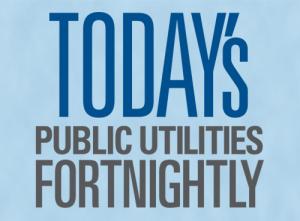Friday's economic stats included three numbers of particular interest to us in utility regulation and policy. 2.9. 2.0. 0.6.

2.9, which is nearly three, is significantly greater than 2.0, which is, well, two.
And 2.0, two, is significantly greater than 0.6, which is a smidge over a half.
I like it. Because 2.9 is the year-over-year percent increase in Americans' average weekly earnings. And 2.0 is the year-over-year percent increase in the cost-of-living, the Consumer Price Index. And 0.6 is the year-over-year percent increase in the cost of electricity.
For an American who earned $500 a week in April 2018, a 2.9 percent increase brought their earnings up to $514.50, $14.50 more than the year before..
If their costs for goods and services were also $500 a week in April 2018, a 2.0 percent increase brought their costs up to $510.00, $10 more than the year before.
This is pretty good actually. Earnings up $14.50 a week and costs up $10 a week. The extra $4.50 can go towards buying more stuff and/or saving for a rainy day.
If their electricity costs were $20 a week in April 2018, a 0.6 percent increase brought these costs up to $20.12, 12 cents more than the year before.
This is definitely good. Earnings up $14.50 a day and electricity costs up 12 cents per day. The extra $14.38 can go towards price increases of other goods and services, buying more stuff and/or saving.


